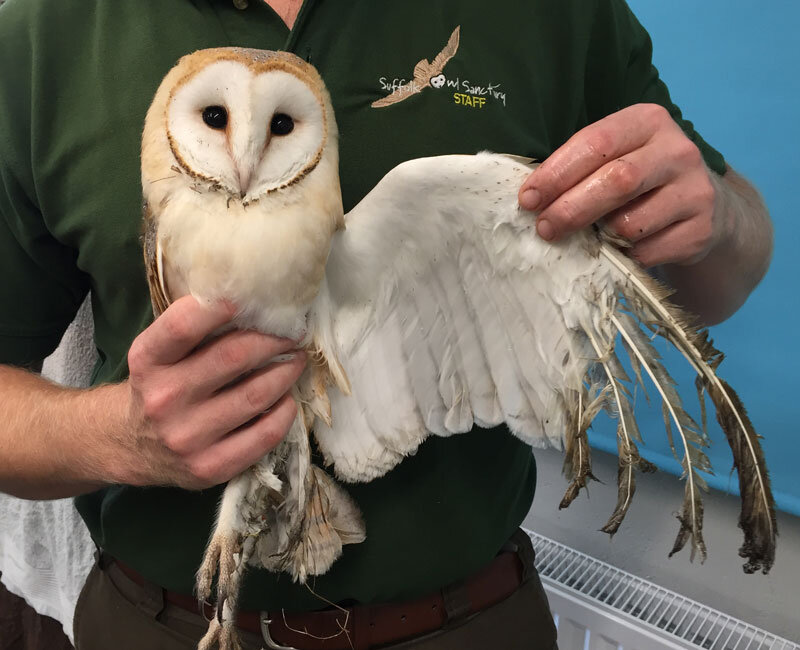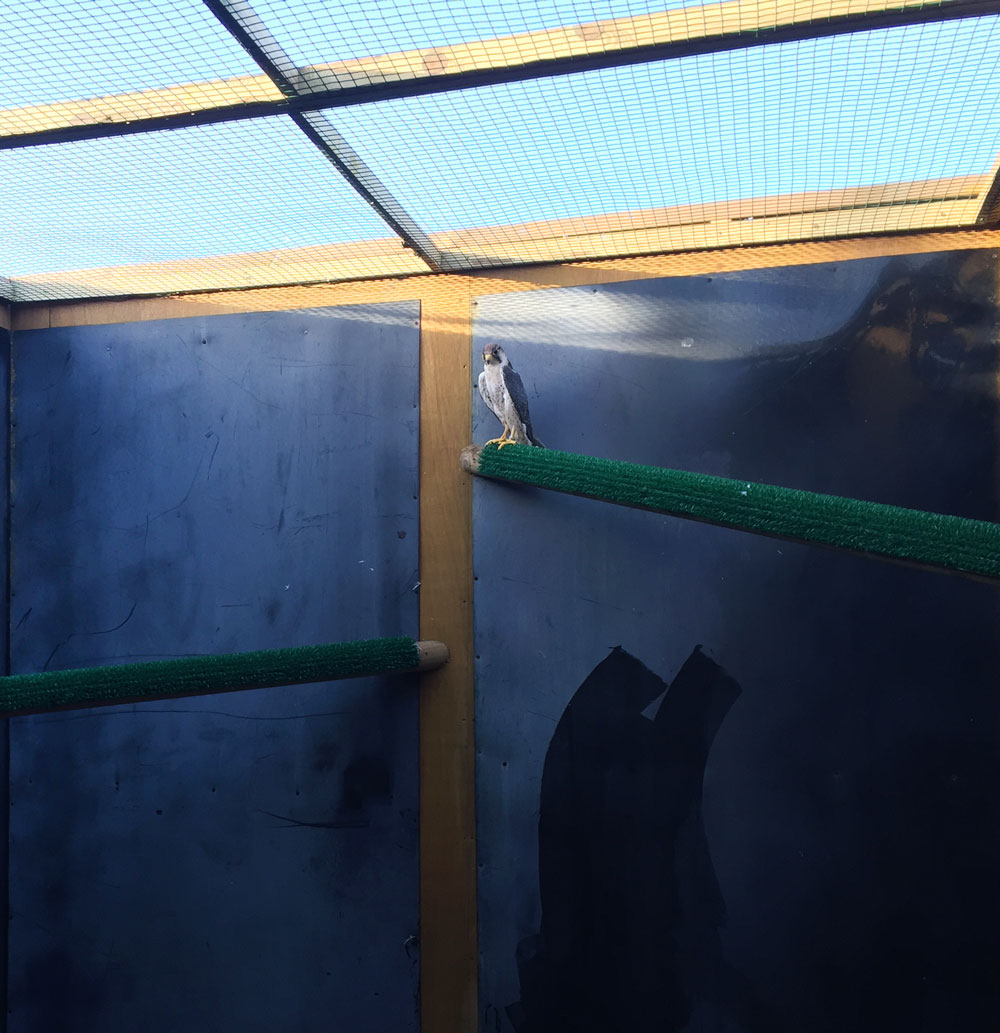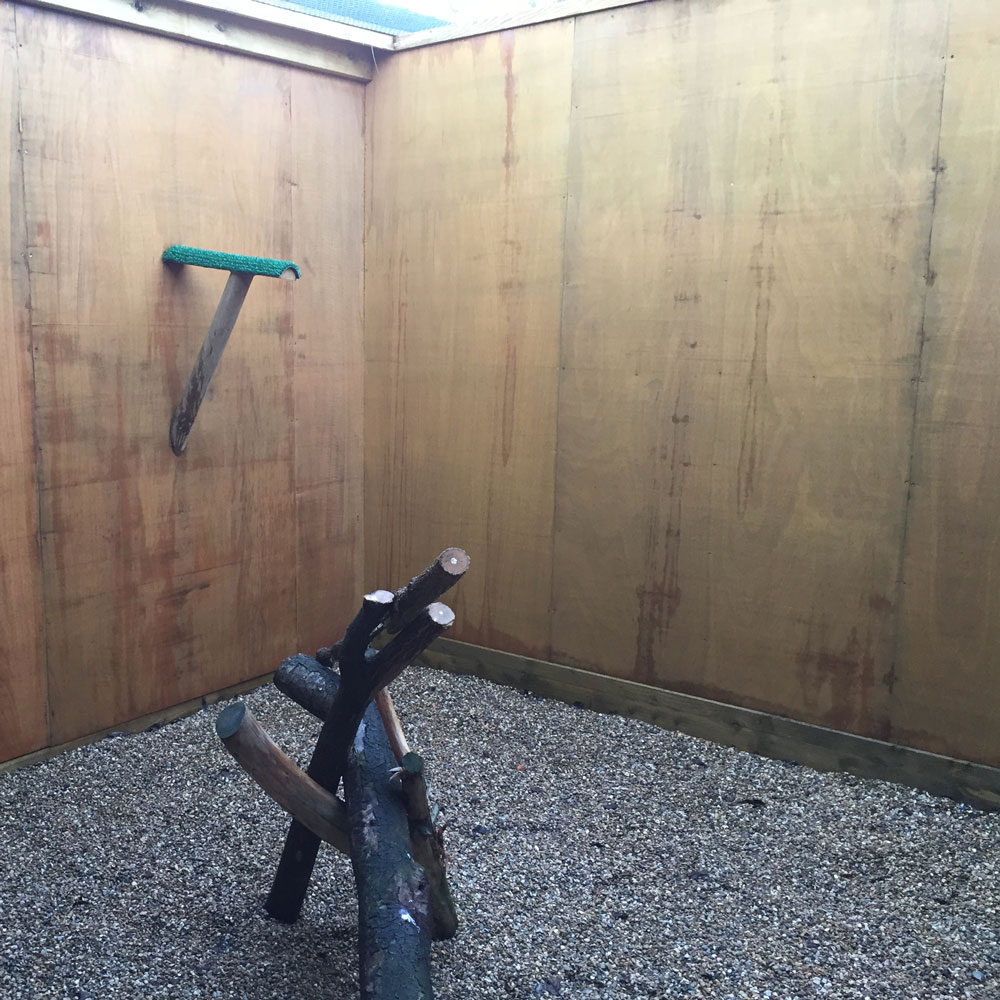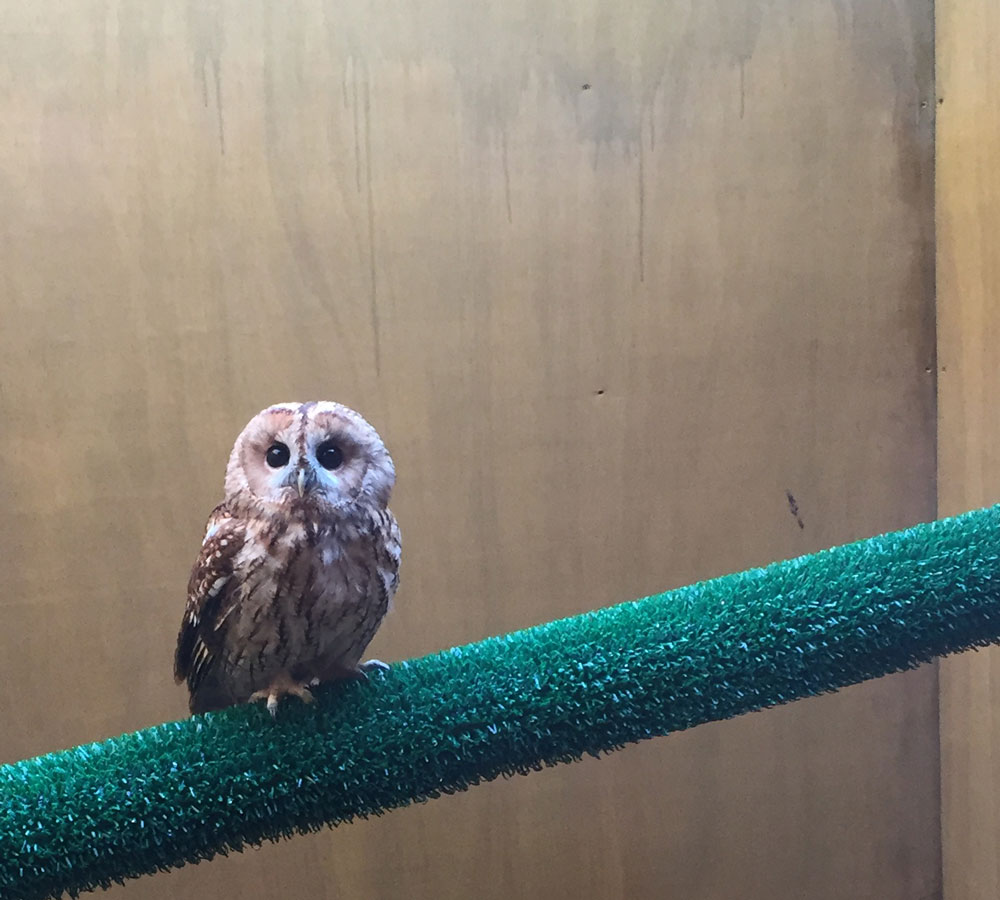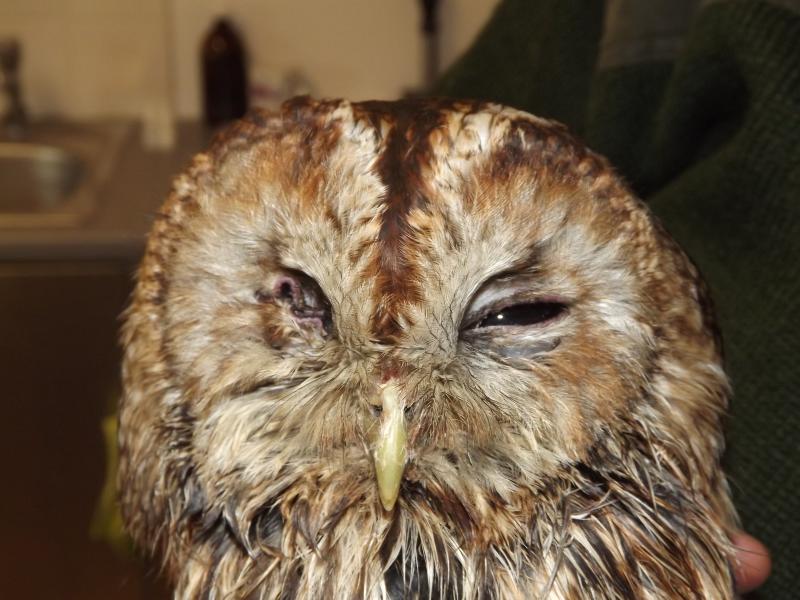Fireworks season is upon us, and we ask that you please consider our wildlife as a priority at this time of year.
Sudden loud noises can cause a great deal of distress to all wildlife. Birds and mammals may panic and flee into the road, risking collision with vehicles (and subsequently injury, or even death). Birds can potentially also crash into buildings, windows or trees in the immense hurry to escape.
Nesting birds and other animals could abandon their nest, leaving their young behind, unable to survive alone. The terrified parents could then become so disorientated in the panic, that they find themselves on unfamiliar ground and unable to navigate their way back to their young.
Litter is also an issue around this time of year. Burnt out fireworks and discarded packaging prove a danger to wildlife if not disposed of properly. Fireworks are essentially chemical cocktails, composing of gunpowder, metal slats and oxidisers. Some of these substances can linger in the environment, and even find their way into water supplies, affecting wildlife, their habitat and also humans! That’s not to mention the possibility of animals ingesting or getting caught up and injured in the rubbish.
Many consider Chinese lanterns to be a safer alternative - but they are not. There is a great risk of fire should they land in hay, straw, on a farm building or a thatched roof, for example. This fire can not only kill animals and humans, but it will destroy habitat. Unknowing animals may ingest this debris, or become trapped and tangled, causing injury and even death. Biodegradable lanterns can take decades to degrade, and these floating lights can even be a false alarm to our coastguards for marine distress signals. And finally, the frames can contaminate crops, which are fed to livestock.
What can you do to help?
Discourage birds from the area by removing feeders and baths a few hours before the fireworks are lit.
Wait till late! Dusk is a prime feeding time for many animals, but after it gets much darker there will be far fewer animals nearby to be affected by the fireworks.
Ensure that no ash, debris or other firework residue lands in birdseed or drinking water.
Do not use fireworks near trees, nesting areas or other sheltered areas where wildlife may be living. The noise could scare these animals out into the open, which is not safe for them.
Keep fireworks away from areas which may catch fire from stray sparks, fuses or debris.
Clean up all firework residue and waste quickly, and carefully. Firework debris can still contain toxic chemicals and other poisons that can harm animals that may ingest them.
What to do if you find an injured animal…
For emergency advice between 8.00am and 8.00pm call Suffolk Owl Sanctuary on 03456 807 897 (Opt 5)
Call the RSPCA's emergency line on 0300 1234 999













